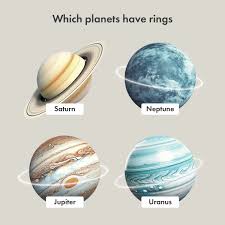Souvenir Sheet: Mir (U.S.S.R., 1986) - Overprinted (Barbuda 2000)
Mir (U.S.S.R., 1986) - Overprinted (Barbuda 2000)
01 January (Barbuda ) within release Space Exploration goes into circulation Souvenir Sheet Mir (U.S.S.R., 1986) - Overprinted face value 6 East Caribbean dollar
| Souvenir Sheet Mir (U.S.S.R., 1986) - Overprinted in catalogues | |
|---|---|
| Stanley Gibbons: | Sg: BX MS2296 |
Souvenir Sheet is horizontal format.
Souvenir sheet from Antigua & Barbuda with the single stamp overprinted "BARBUDA MAIL" in black.Also in the issue Space Exploration:
- Mini Sheet - Columbia Space Shuttle November 23, 1981 - Overprinted face value 6*1.65;
- Stamp - Giotto Space Probe - Overprinted face value 1.65;
- Stamp - International Ultraviolet Explorer - Overprinted face value 1.65;
- Stamp - Luna 2 Moon Probe - Overprinted face value 1.65;
- Stamp - Mariner 2 Space Probe - Overprinted face value 1.65;
- Souvenir Sheet - Mir (U.S.S.R., 1986) - Overprinted face value 6;
- Stamp - MIR Space Station - Overprinted face value 6;
- Stamp - Rosat Satellite - Overprinted face value 1.65;
Souvenir Sheet Mir (U.S.S.R., 1986) - Overprinted it reflects the thematic directions:
Outer space (or simply space) is the expanse that exists beyond Earth's atmosphere and between celestial bodies. It contains ultra-low levels of particle densities, constituting a near-perfect vacuum of predominantly hydrogen and helium plasma, permeated by electromagnetic radiation, cosmic rays, neutrinos, magnetic fields and dust. The baseline temperature of outer space, as set by the background radiation from the Big Bang, is 2.7 kelvins (−270 °C; −455 °F)
A planet is a large, rounded astronomical body that is generally required to be in orbit around a star, stellar remnant, or brown dwarf, and is not one itself. The Solar System has eight planets by the most restrictive definition of the term: the terrestrial planets Mercury, Venus, Earth, and Mars, and the giant planets Jupiter, Saturn, Uranus, and Neptune. The best available theory of planet formation is the nebular hypothesis, which posits that an interstellar cloud collapses out of a nebula to create a young protostar orbited by a protoplanetary disk. Planets grow in this disk by the gradual accumulation of material driven by gravity, a process called accretion.


